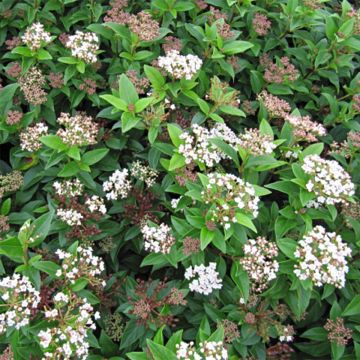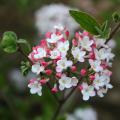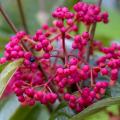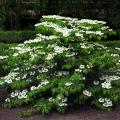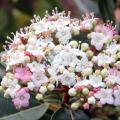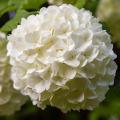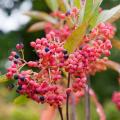Shipping country and language
Your country of residence may be:
Your country of residence is:
For a better user experience on our website, you can select:
Your shipping country:
Andorra
Austria
Belgium
Bulgaria
Canada
Chile
Croatia
Cyprus
Czechia
Denmark
Estonia
Finland
France
Germany
Greece
Hungary
Iceland
Ireland
Italy
Latvia
Lithuania
Luxembourg
Malta
Monaco
Netherlands
Poland
Portugal
Romania
Slovakia
Slovenia
Spain
Sweden
Switzerland
United Kingdom
We only deliver seed and bulb products to your country. If you add other products to your basket, they cannot be shipped.
Language:
French
German
Spanish
English
My Account
Hello
My wish lists
Plantfit
Log in / Register
Existing customer?
New customer?
Create an account to track your orders, access our customer service and, if you wish, make the most of our upcoming offers.
Winter Viburnum, all our special offers
Does this plant fit my garden? Set up your Plantfit profile →
Available in 2 sizes
Our most beautiful Winter Viburnums. These Viburnum are mostly deciduous bushes that are noticeable during their flowering period, in white to pink, often fragrant, which adorns naked branches in winter. If you want to brighten up your garden during the low season, choose a Viburnum fragrans (farreri), or winter viburnum, whose branches are adorned with small bouquets of pink buds and sweet-scented white flowers between December and February, as soon as the weather gets milder. But also Viburnum bodnantense ‘Dawn’ or 'Charles Lamont', whose delicate pink and fragrant flowering blooms at the same time. To bridge the gap with spring, the Burkwood viburnum (Viburnum burkwoodii) is also a beautiful deciduous bush, with gorgeous autumn colours, whose generous flowering in March diffuses an intoxicating scent. Among the evergreen viburnums, let's mention Laurustinus and its varieties that bloom between December and late February depending on the climate. The wrinkled-leaved Viburnum (Viburnum rhytidophyllum) is a large shrub with pendulous leaves. While its flowering is in spring, this Chinese species is adorned from October with decorative flower buds of an acid green, grouped in flattened and rounded cymes, 20 cm (8in) wide. There are also many other Viburnum that are attractive in winter simply for their foliage or their colourful fruiting that lasts a long time. Discover them below.
Haven't found what you were looking for?
The flowering period indicated on our website applies to countries and regions located in USDA zone 8 (France, the United Kingdom, Ireland, the Netherlands, etc.)
It will vary according to where you live:
- In zones 9 to 10 (Italy, Spain, Greece, etc.), flowering will occur about 2 to 4 weeks earlier.
- In zones 6 to 7 (Germany, Poland, Slovenia, and lower mountainous regions), flowering will be delayed by 2 to 3 weeks.
- In zone 5 (Central Europe, Scandinavia), blooming will be delayed by 3 to 5 weeks.
In temperate climates, pruning of spring-flowering shrubs (forsythia, spireas, etc.) should be done just after flowering.
Pruning of summer-flowering shrubs (Indian Lilac, Perovskia, etc.) can be done in winter or spring.
In cold regions as well as with frost-sensitive plants, avoid pruning too early when severe frosts may still occur.
The planting period indicated on our website applies to countries and regions located in USDA zone 8 (France, United Kingdom, Ireland, Netherlands).
It will vary according to where you live:
- In Mediterranean zones (Marseille, Madrid, Milan, etc.), autumn and winter are the best planting periods.
- In continental zones (Strasbourg, Munich, Vienna, etc.), delay planting by 2 to 3 weeks in spring and bring it forward by 2 to 4 weeks in autumn.
- In mountainous regions (the Alps, Pyrenees, Carpathians, etc.), it is best to plant in late spring (May-June) or late summer (August-September).
The harvesting period indicated on our website applies to countries and regions in USDA zone 8 (France, England, Ireland, the Netherlands).
In colder areas (Scandinavia, Poland, Austria...) fruit and vegetable harvests are likely to be delayed by 3-4 weeks.
In warmer areas (Italy, Spain, Greece, etc.), harvesting will probably take place earlier, depending on weather conditions.
The sowing periods indicated on our website apply to countries and regions within USDA Zone 8 (France, UK, Ireland, Netherlands).
In colder areas (Scandinavia, Poland, Austria...), delay any outdoor sowing by 3-4 weeks, or sow under glass.
In warmer climes (Italy, Spain, Greece, etc.), bring outdoor sowing forward by a few weeks.






